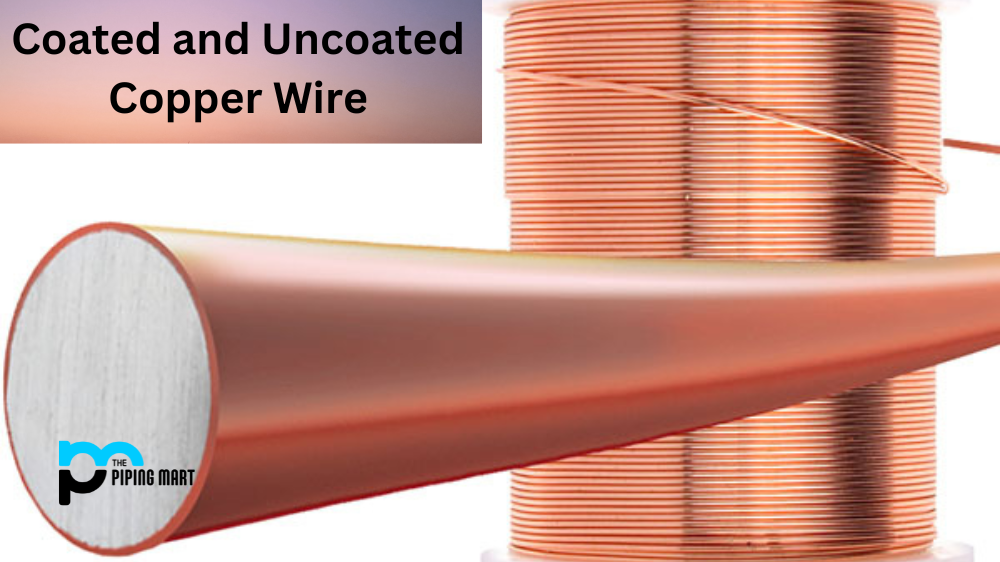Corrosion is a major problem for any metal. It can weaken the structural integrity of steel and reduce its life span, making it essential to take proactive measures to prevent corrosion. This blog post will examine how mild steel can be protected from corrosion and why it is necessary.
Mild steel is an iron-carbon alloy with less than 0.25% carbon and no other alloying elements. It is one of the most commonly used steels in the world due to its low cost, ductility, machinability, and weldability. However, mild steel is also more susceptible to corrosion than other types of steel due to its lack of chromium or nickel elements which inhibit rust formation.
The easiest way to protect mild steel from corrosion is by painting or coating it with a protective layer. This layer acts as a barrier between the metal surface and the environment, preventing moisture and oxygen from reaching the metal and causing oxidation. There are many different kinds of coatings available on the market, such as zinc-rich primers, epoxy paints, alkyd enamels, urethane coatings, etc., so it’s essential to choose the best coating for your application based on its properties (e.g., chemical resistance, abrasion resistance). Additionally, stainless steel materials can be used in place of mild steel components if a more durable solution is desired.
Another way to protect mild steel from corrosion is through anodizing or galvanizing processes, which add additional layers of protection on top of existing paint or coatings. Anodizing involves electrochemically treating the surface of a metal with an electrolyte solution to create a thin oxide layer that prevents oxidation by sealing out oxygen and other corrosive agents. Galvanizing involves coating a metal with zinc or another material to create a sacrificial layer that will corrode first instead of the underlying metal itself. Both processes provide long-lasting protection against corrosion while enhancing the aesthetics of metals by creating unique colours or textures depending on what material is used in the process.
Conclusion:
Protecting mild steel from corrosion should be one of your top priorities when using this type of material in any project because it will ensure that your project lasts longer without needing costly replacements or repairs due to rust damage. The best way to do this is by applying protective coatings like paints or galvanized layers that will act as barriers between the environment and your metals while also providing additional benefits such as improved appearance or enhanced durability against abrasion or chemicals, depending on which type you choose. Ultimately, whichever option you choose, ensure that you keep up regular maintenance so that you don’t have any surprises further down the line!

Abhishek is a seasoned blogger and industry expert, sharing his insights and knowledge on various topics. With his research, Abhishek offers valuable insights and tips for professionals and enthusiasts. Follow him for expert advice on the latest trends and developments in the metal industry.




